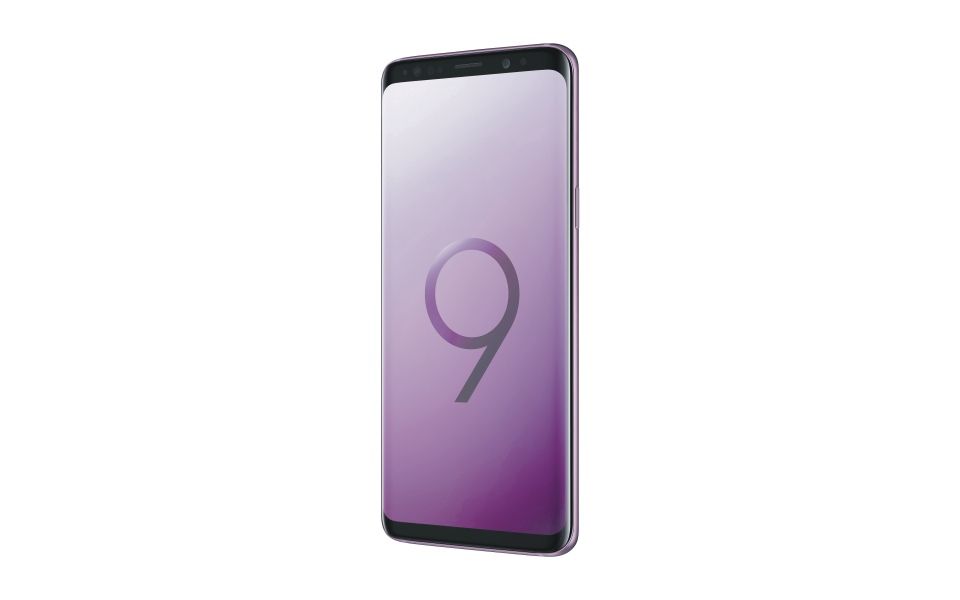Samsung Galaxy S9+ review: A slew of minor upgrades leaves Samsung’s latest handset feeling a little too familiar

There’s nothing quite like an extremely powerful slow-motion camera to make you realise how few interesting things are happening very quickly around you at any given time.
It’s too early in the year to capture the magnificence of a water balloon gradually exploding across the yielding facial features of an elderly relative. I don’t own a trampoline covered in hundreds of thousands of ball bearings, and so cannot bounce up and down in a shimmering starfield of floating metal. And I simply cannot afford to fill a JCB’s bucket with colourful bouncing balls, nor do I have the proper permission from the local council to tip that bucket of balls out at the top of a big hill to bring a fleeting sense of wonder to the world.
So I mostly used the Samsung Galaxy S9+ to film myself flipping coins and tipping over cups of water, like a Batman villain or a mischievous housecat. The phone’s new 960 frames per second camera can reduce fast moving actions to glacial ones, and while it’s an incredibly sophisticated piece of hardware, the sedentary among us might struggle to find many applications for it. Samsung’s is the also easiest to use of these slow-motion modes – which are increasingly available in premium smartphones – thanks to the phone’s ability to detect motion and begin filming at the precise moment something interesting happens. The result is 0.2 seconds of action stretched to fill six seconds of video.
That all this slow-motion stuff is such a headline feature for the S9 is testament to what an incremental upgrade to the series this phone really is. Mrs. Samsung herself would struggle to tell the S9 and S8 apart from a distance, such are the design similarities. All of which is not to say that the new phone isn’t an incredible feat of modern engineering – it is the best phone Samsung has ever made – but S8 owners will struggle to find a good excuse to upgrade.
The less said about AR Emojis the better. They look like what would happen if Pixar were ever asked to animate the sensation of cringing.
Biometrics have been improved, allowing you to unlock your phone by using a glut of sensors in tandem. Faster iris scans, facial recognition and fingerprints get you into your device faster than before, though the technology is still not completely reliable in low-light conditions. The rear camera now has a physical aperture – a first for smartphones – that widens to allow more light to reach the sensor when shooting at night or indoors.
Bixby, the ubiquitous virtual assistant that Samsung refuses to ditch, is back and about as tepidly useful as it’s ever been. Bixby still has its own dedicated physical button under the volume rocker, which feels about as intrusive as having a housemate’s partner move some of their pans into your kitchen. And the less said about AR Emojis the better. They look like what would happen if Pixar were ever asked to animate the sensation of cringing.
Which all feels like a rather lukewarm appreciation of what is, on paper, the most powerful and attractive Android phone you can buy. The S9 is a spectacular piece of hardware, but one that’s trying to make waves in the wake of a still very capable and impressive predecessor. It’s an evolution rather than a revolution for Android’s most premium handset, a victim of its success and our rapidly diminishing capacity to be impressed by incrementally improving objects.
Web: samsung.com/uk. The Samsung Galaxy S9+ is available from Vodafone.